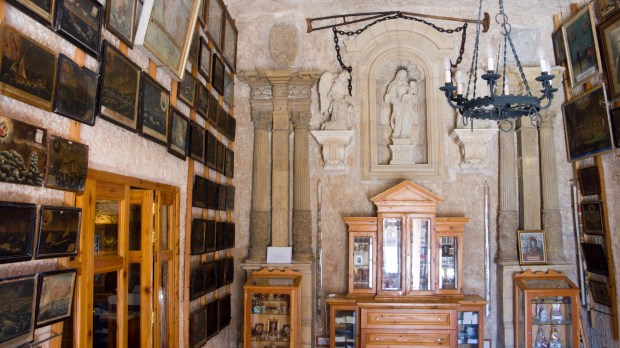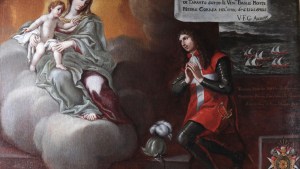An ex voto, put simply, is a votive offering to a saint or to God. For centuries, it’s been a way to show gratitude to God for graces received.
As explained by Maria Paola Daud in her article for the Spanish edition of Aleteia, although the term has been used to refer to this kind of offerings in many different religions, it is more commonly understood as restricted to Christian examples.
The offering is given in fulfillment of a vow (hence the Latin ex voto, short for ex voto suscepto, “from the vow made”) or as a token of gratitude or devotion.
As is the case with ancient Greek, Egyptian, and Mesopotamian civilizations, the tradition of vows in Mediterranean Europe and North Africa goes back to the Neolithic Era, as proved by archaeological evidence: Inscriptions clearly show objects were offered as vows to the gods. Soon enough, this practice was adopted by early Christians.

A votive offering (that is, an ex-voto) is a tangible form of gratitude for God’s help in a crisis, generally through the intercession a saint. These offerings are commonly displayed in chapels, churches, and sanctuaries, and are not only intended for the faithful making the pledge or receiving the grace, but also as a testimony of divine intervention.
Ex-votos come in many forms and sizes. Entire churches have been built to fulfill a vow, the building itself being an ex-voto – as is the case, for example, of the chapel dedicated to the Madonna in Wied Speranza in Mosta, Malta.
However, the most common forms by far are paintings, followed by sculpted images of body parts (implying someone has been healed from a specific body ailment), baby clothes (meaning a baby was either born or healed), handcuffs (for someone who got out of prison, or from legal problems), or even wax and oil for lamps. Today, we also find ex-votos made from contemporary artifacts and materials, such as cuttings from newspapers or photographs.




